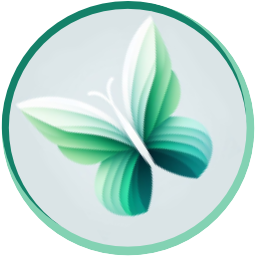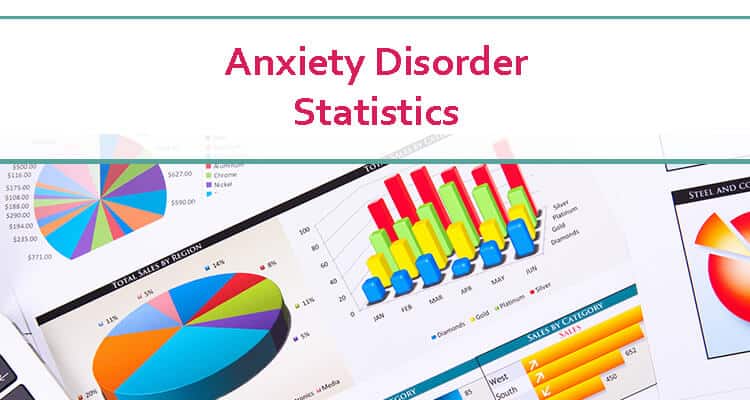Anxiety Disorder Statistics
- Anxiety Disorders affect nearly 40 million adults in the United States from age 18 and older and is the most common mental illness. That’s about 18.1% of the countries population. National Institute of Mental Health (NIMH)
- Many people don’t seek help or are misdiagnosed. Raising current estimates to approximately 30%
- Three to five times more likely to go to the doctor
- Six times more likely to be hospitalized for psychiatric treatment than people without out and anxiety disorder
- Anxiety disorders are developed from peoples life events, their personality, genetics and brain chemistry
- Anxiety disorders affect 25% of children between 13 and 18 years old
Anxiety Disorder Economic Factors
“The Economic Burden of Anxiety Disorders,” which is a study commissioned by the ADAA (Anxiety and Depression Association of America) published in the Journal of Clinical Psychiatry:
- Anxiety Disorders cost the U.S. more than $42 billion a year, which is almost one-third of the total mental health bill for the U.S. of $148 billion
- $22.84 billion of these costs are from repeat use of healthcare services. Most people with anxiety disorders seek relief from symptoms that they think are unrelated
Anxiety and Depression
Depression is a common factor for someone with an anxiety disorder or vice versa. Almost one-half of people who are diagnosed with depression are also diagnosed with anxiety.
Anxiety Sufferers among Men and Women
Worldwide women are more likely to suffer from an anxiety disorder than men in all countries. There are 105 million Males or 48% compared to 170 million Females or 62%

-
USA Anxiety Disorder Facts
Social Anxiety Disorder
- Affects 15 million adults – 6.8% of the population
- Equally common among men and women
- 36% of people with social anxiety disorder report experiencing symptoms for 10 or more years before they seek treatment
Generalized Anxiety Disorder
- Affect 6.8 million adults – 3.1% of the population
- Only 43.2% receive treatment
- Women are twice as likely to be affected than men
- GAD usually is accompanied by significant depression
Panic Disorder
- Affects 6 million adults – 2.7% of the population
- Women are twice as likely to be affected than men
Post Traumatic Stress Disorder (PTSD)
- Affects 7.7 million adults – 3.5% of the population
- Women are more likely to be affected than men
- 65% of men and 46% of women will develop the disorder if they are raped
Obsessive-Compulsive Disorder (OCD)
- Affect 2.2 million adults – 1% of the population
- Equally common between men and women
- 25% affected occur by age 14
- 1/3 of adults began experiencing symptoms during childhood
Specific Phobia
- Affects 19 million adults – 8.7% of the population
- Women are twice as likely as men to be affected
- Typically begins during childhood
- PTSD and OCD are related to anxiety disorders and usually are accompanied by depression
Major Depressive Disorder
- Affects 16.1 million adults – 6.7% of the population
- Women are twice as likely to be affected than men
- Leading cause of disability
Persistent Depressive Disorder (PDD)
- Affects 3.3 million adults – 1.5% of the population
- Only 61.7% receive treatment
- Form of depression that lasts for at least two years
(Source: National Institute of Mental Health – NIHM)
Medications, Alcohol, Recreational Drug Use Due To Anxiety
Medications
- 43% take mood-altering medications
- 65% take prescription medications daily
- Paxil and Zoloft are two of the top 10 most popular anti-anxiety medications
Alcohol
- 6.2% of the population abuse alcohol – NIAAA
- 20% of anxiety sufferers abuse alcohol or are dependant
Marijuana Use
- 10% of Cannabis Use Disorder (CUD) also suffered from Social Anxiety Disorder
- Prolonged use of recreational drugs can cause panic attacks
- Care accidents have tripled from marijuana use
Anxiety Disorder Sufferers Report
- Feeling nervous in social situations
- Struggle with self-esteem
- Often sick
- Visit the doctor more often
- Often feel out of control with their lives
- Feeling of overwhelm
- Anger easily
- Difficulty managing pressure
- Live a restricted life

